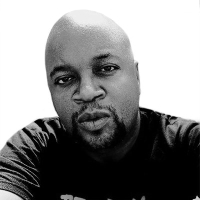Music
Michael Ochs Archives/Getty Images
The Rebellious Rap Debut That Disrupted ‘Safe’ Black Culture
40 YEARS LATER
At a time when so much Black popular culture was driven by a sense of safe accessibility, Run-D.M.C. led a wave of rap renegades.

Trending Now




